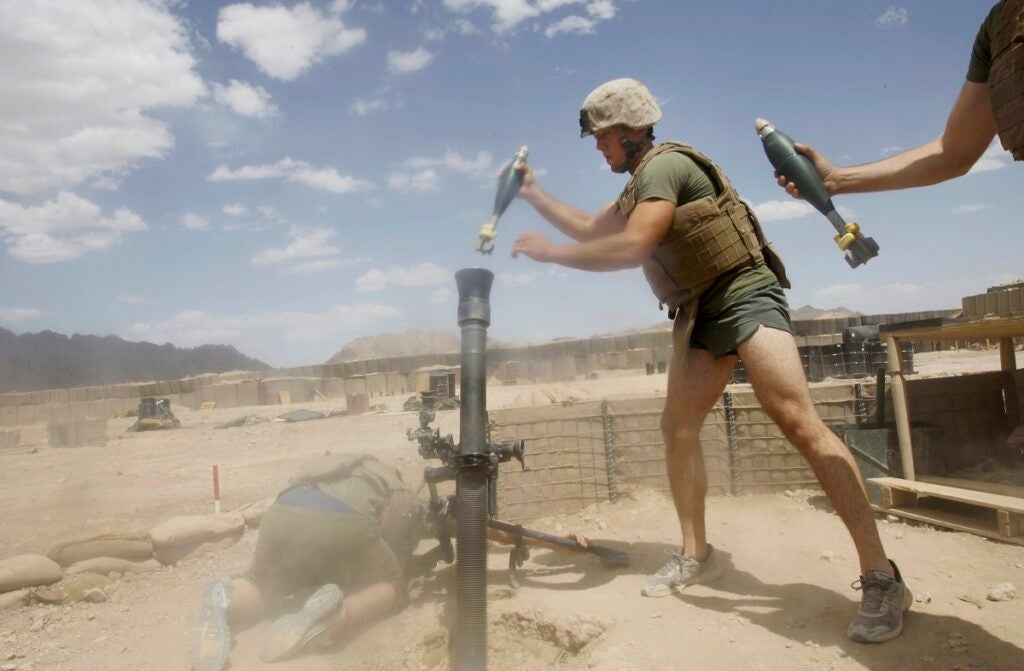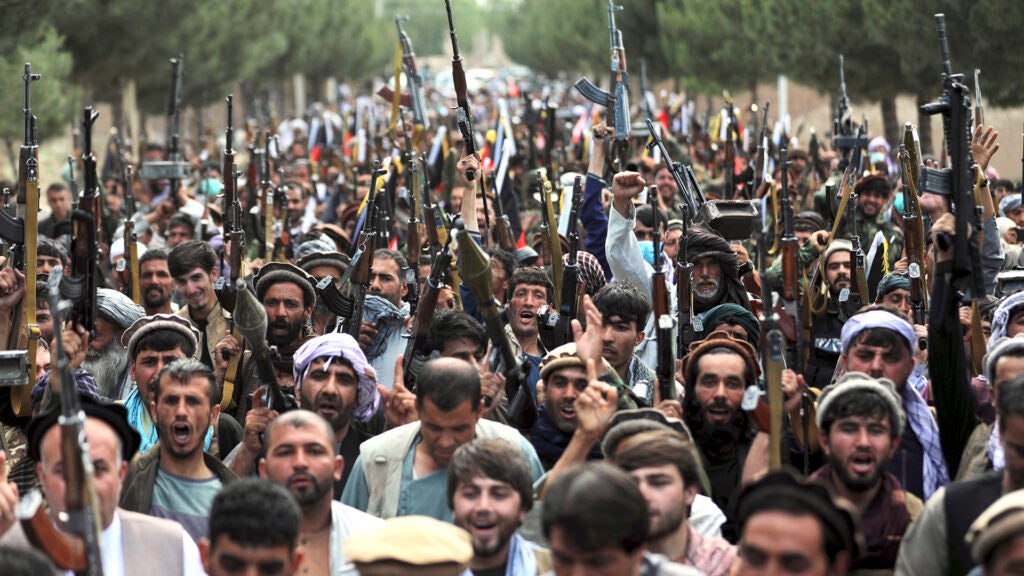Despite mounting criticism, President Biden on Thursday reaffirmed his intent to withdraw all American troops from Afghanistan by August 31. “We’re ending America’s longest war,” the president said, regardless of how messy, chaotic or bloody the situation may become on the ground in Afghanistan. Staying, as Biden put it, would have meant an increase in U.S. casualties “fighting in a civil war.”
A sober look at the past 20 years confirms Biden is right.
Without question, the speed with which things are going south in Afghanistan shows that the situation is not going to be pretty. It also exposes just how badly flawed our objectives and strategies have been for the better part of two decades.
Despite Biden suggesting the war’s objective was solely about killing Osama bin Laden and the elimination of Al Qaeda, American policy in Afghanistan since at least 2003 failed because we pursued two objectives that were never attainable: trying to nation-build a government of our choice in Kabul and trying to militarily pacify a hostile portion of the Afghan population. It is important to point out, however, that this failure could have been avoided.

President George W. Bush’s initial orders to the military following the 9/11 terrorist attacks were understandable given what we knew, were militarily attainable, and would have been of limited duration. In October 2001, Bush ordered the military into Afghanistan to conduct “carefully targeted actions” that were “designed to disrupt the use of Afghanistan as a terrorist base of operations and to attack the military capability of the Taliban regime.”
A Pentagon study concluded that these objectives were essentially accomplished by March 2002. “As a result (of the success of Operation Anaconda),” the authors wrote, “this battle was the last time that year that enemy forces chose to engage U.S. forces in major combat in Afghanistan.” It was following this high point of success that the U.S. mission became bloated.
For the next three years, there were little more than sporadic and uncoordinated Taliban skirmishes with U.S. and coalition forces. The U.S. could have easily withdrawn and left behind a relatively benign security environment.
It wasn’t until November 2004 that Taliban leader Muhammad Omar declared the Taliban would regroup and was “determined to…regain the sovereignty of our country.” It took an additional four years before the Taliban had gained sufficient strength before American casualties began piling up. Concurrent with this degrading security situation, unfortunately, was an expansion of corruption within the Afghan government.
As the Special Inspector General for Afghan Recovery (SIGAR) reported in its first quarterly report to Congress in 2008, the “difficulties in maintaining security” in Afghanistan were due to “two closely related issues: increasing corruption in the public sector and the rapid growth of the narcotics industry.” Knowing government corruption was a major problem, the U.S. embarked on numerous anti-corruption programs.
Yet by 2016, after eight long years of anti-corruption effort, SIGAR warned, “corruption (has) substantially undermined the U.S. mission in Afghanistan from the very beginning of Operation Enduring Freedom. We found that corruption cut across all aspects of the reconstruction effort, jeopardizing progress made in security, rule of law, governance, and economic growth.”

Failure to check the slide, the report warned, “means U.S. reconstruction programs, at best, will continue to be subverted by systemic corruption and, at worst, will fail.” The Afghan leaders failed to heed the warnings and the U.S. officials failed to hold them accountable. And today, SIGAR’s words have proven prophetic.
“Corruption in government has not been checked,” a report from the Afghanistan Analysts Network said recently. “That has fatally weakened the effectiveness and morale of those on the front line… As always in Afghanistan, it is the weakness of the government, not the strength of the armed opposition which has decided whether territory in Afghanistan falls.”
A New York Times article published on Tuesday seemed to confirm AAN’s troubling assessment. The insurgent leaders, the Times reported, have been surprised at how fast they have been capturing territory and were struggling to “capitalize on their sudden military and political gains.”
After two decades of overall support and billions spent providing Afghan troops expert military training, many are shocked at how decisively and rapidly Afghan troops are failing in their battle against the Taliban. The Afghan government had every opportunity over the past two decades to get its house in order, to curb corruption, and field effective fighting forces. They failed to do so.
Now that the U.S. is leaving, they face an existential choice: implement changes necessary to make peace with the Taliban or find the determination to defeat them on the battlefield. Biden is right: no more Americans should die in another country’s civil war. As should have been the case from the beginning, the future of Afghanistan will be determined by the Afghan people, for good or ill.
+++
Daniel L. Davis is a Senior Fellow for Defense Priorities and a former Lt. Col. in the U.S. Army who deployed into combat zones four times. He is the author of “The Eleventh Hour in 2020 America.” Follow him @DanielLDavis1.
